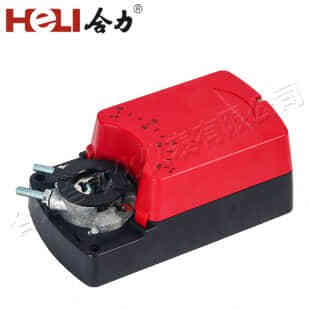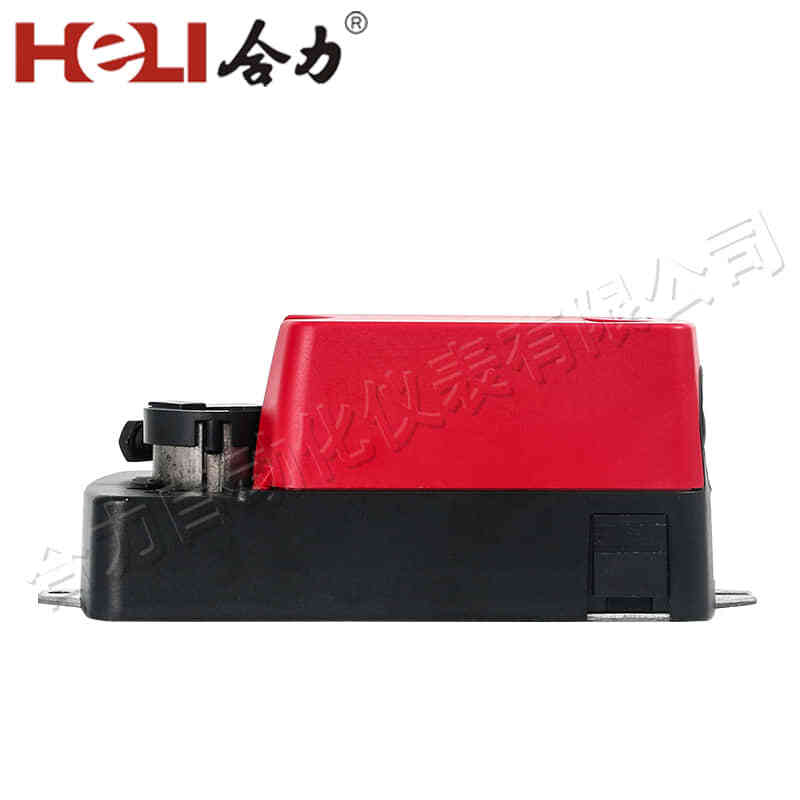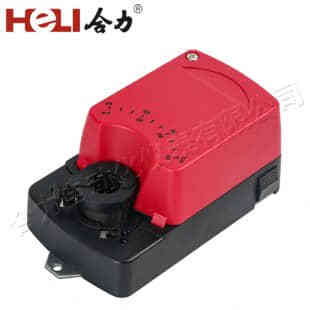Damper actuators are critical components in various engineering applications, particularly in heating, ventilation, and air conditioning (HVAC) systems. They play a vital role in regulating airflow, enhancing energy efficiency, and improving indoor air quality. This article delves into the mechanics of damper actuators, their types, functionalities, and their significance across different industries.

What is a Damper Actuator?

A damper actuator is a device responsible for controlling the position of dampers in a duct system. Dampers are used to regulate airflow, either by fully opening, partially opening, or closing off specific sections of an air duct. The actuator translates a control signal into mechanical movement, enabling precise positioning of the damper blades. This precise control is essential for optimizing airflow and achieving desired temperature and pressure conditions in a given space. Types of Damper Actuators Damper actuators can be categorized based on their control mechanism, which primarily falls into three types: electric, pneumatic, and hydraulic.

Leave a Reply